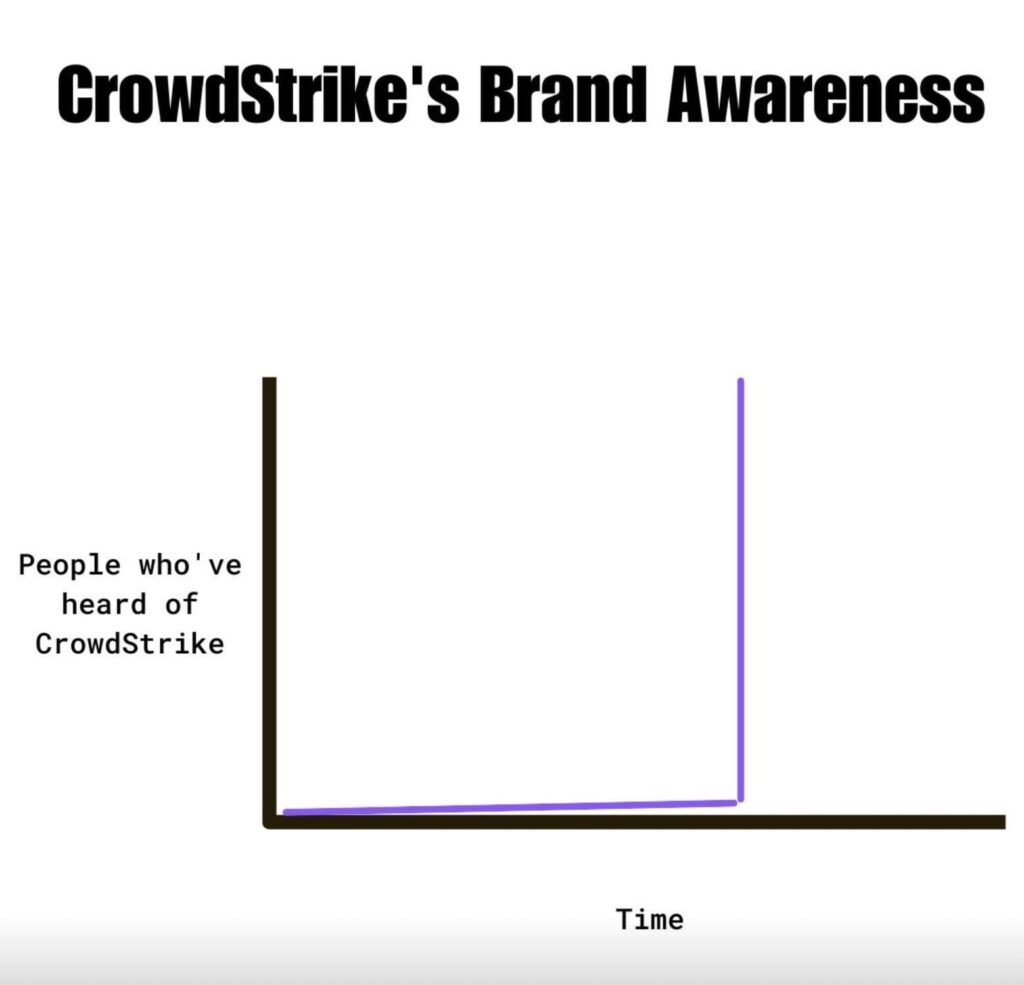Senator Brian Schatz is one of the more thoughtful Senators we have, and he and his staff have actually spent time talking to lots of experts in trying to craft bills regarding the internet. Unfortunately, it still seems like he still falls under the seductive sway of this or that moral panic, so when the bills actually come out, they’re perhaps more thoughtfully done than the moral panic bills of his colleagues, but they’re still destructive.
His latest is… just bad. It appears to be modeled on a bunch of these age verification moral panic bills that we’ve seen in both red states and blue states, though Schatz’s bill is much closer to the red state version of these bills that is much more paternalistic and nonsensical.
His latest bill, with the obligatory “bipartisan” sponsor of Tom Cotton, the man who wanted to send our military into US cities to stop protests, is the “Protecting Kids On Social Media Act of 2023.”
You can read the full bill yourself, but the key parts are that it would push companies to use privacy intrusive age verification technologies, ban kids under 13 from using much of the internet, and give parents way more control and access to their kids’ internet usage.
Schatz tries to get around the obvious pitfalls with this… by basically handwaving them away. As even the French government has pointed out, there is no way to do age verification without violating privacy. There just isn’t. French data protection officials reviewed all the possibilities and said that literally none of them respect people’s privacy, and on top of that, it’s not clear that any of them are even that effective at age verification.
Schatz’s bill handwaves this away by basically saying “do age verification, but don’t do it in a way that violates privacy.” It’s like saying “jump out of a plane without a parachute, but just don’t die.” You’re asking the impossible.
I mean, clauses like this sound nice:
Nothing in this section shall be construed to require a social media platform to require users to provide government-issued identification for age verification.
But the fact that this was included kinda gives away the fact that basically every age verification system has to rely on government issued ID.
Similarly, it says that while sites should do age verification, they’re restricted from keeping any of the information as part of the process, but again, that raises all sorts of questions as to HOW you do that. This is “keep track of the location of this car, but don’t track where it is.” I mean… this is just wishful thinking.
The parental consent part is perhaps the most frustrating, and is a staple of the GOP state bills we’ve seen:
A social media platform shall take reasonable steps beyond merely requiring attestation, taking into account current parent or guardian relationship verification technologies and documentation, to require the affirmative consent of a parent or guardian to create an account for any individual who the social media platform knows or reasonably believes to be a minor according to the age verification process used by the platform.
Again, this is marginally better than the GOP bills in that it acknowledges sites need to “take into account” the current relationship, but that still leaves things open to mischief, especially as a “minor” in the bill is defined as anyone between the ages of 13 and 18, a period of time in which teens are discovering their own identities, and that often conflicts with their parents.
So, an LGBTQ child in a strict religious household with parents who refuse to accept their teens’ identity can block their kids entirely from joining certain online communities. That seems… really bad? And pretty clearly unconstitutional, because kids have rights too.
There’s also a prohibition on “algorithmic recommendation systems” for teens under 18. Of course, the bill ignores that reverse chronological order… is also an algorithm. So, effectively the law requires RANDOM content be shown to teens.
It also ignores that algorithms are useful in filtering out the kind of information that is inappropriate for kids. I get that there’s this weird, irrational hatred for the dreaded algorithms these days, but most algorithms are… actually helpful in better presenting appropriate content to both kids and adults. Removing that doesn’t seem helpful. It actually seems guaranteed to expose kids to even worse stuff, since they can’t algorithmically remove the inappropriate content any more.
Why would they want to do that?
Finally, the bill creates a “pilot program” for the Commerce Department to establish an official age verification program. While they frame this as being voluntary, come on. If you’re running a social media site and you’re required to do age verification under this bill (or other bills) are you going to use some random age verification offering out there, or the program set up by the federal government? Of course you’re going to go with the federal government’s, so if you were to ever get in trouble, you just say “well we were using the program the government came up with, so we shouldn’t face any liability for its failures.”
Just like the “verify but don’t violate people’s privacy” is handwaving, so is the “this pilot program is voluntary.”
This really is frustrating. Schatz has always seemed to be much more reasonable and open minded about this stuff, and its sad to see him fall prey to the moral panic about kids and the internet, even as the evidence suggests it’s mostly bullshit. I prefer Senators who legislate based on reality, not panic.















